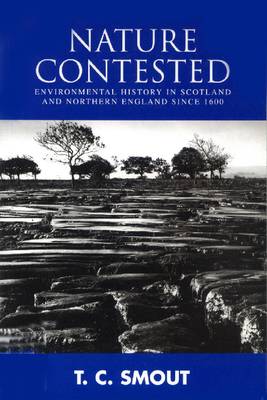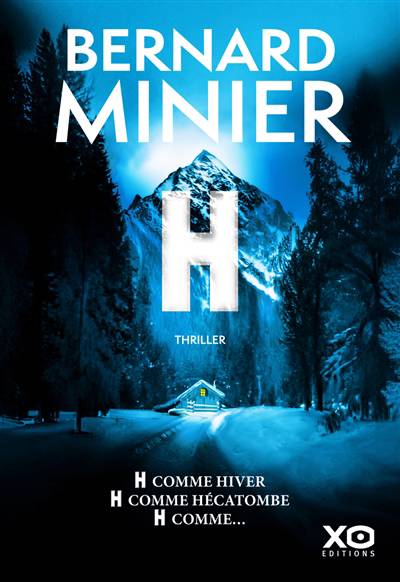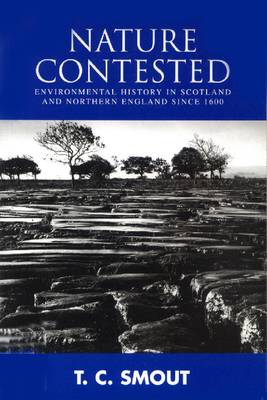
- Retrait gratuit dans votre magasin Club
- 7.000.000 titres dans notre catalogue
- Payer en toute sécurité
- Toujours un magasin près de chez vous
- Retrait gratuit dans votre magasin Club
- 7.000.0000 titres dans notre catalogue
- Payer en toute sécurité
- Toujours un magasin près de chez vous
Nature Contested
Environmental History in Scotland and Northern England Since 1600
T C Smout
Livre broché | Anglais
45,95 €
+ 91 points
Description
This book is about how we have treated nature in some of the most valued landscapes in Europe. Combining social and cultural history with ecology and geography, T.C. Smout has written an environmental history that is both profound and accessible.The Highlands and Lowlands of Scotland, the Lake District and the northern moors and plains of England form a natural region. The crags, moorland, woods and wetlands have been both treasured for their beauty and biodiversity and reviled as unproductive deserts to be improved and reclaimed. The fields have been made more fertile for production and the waters tapped for industrial use, but at a certain cost. The contest between two views of nature - conservation versus development; use versus delight - is at the centre of the book. The author begins by taking a hard look at our encounters with the natural world. He shows how the Scots and the northern English never shared the southerner's view of their environment as intimidating, and describes how conflict between using and enjoying the land gradually arose and gave birth to modern conservation ideas. He reveals how the history of the woods - especially the 'Great Wood of Caledon' - is quite different from popular myth, and examines the history and fate of the soil and the fields; of the rivers, lakes and lochs; of the hills and mountains; and of the modern quarrel over the countryside.'By the end, ' the author writes, 'I hope to have presented on my theatre a dramatic tale that tells us a fair amount not only of northern Britain, but something about the globe and the European west as a whole over the last four hundred years.'
Spécifications
Parties prenantes
- Auteur(s) :
- Editeur:
Contenu
- Nombre de pages :
- 210
- Langue:
- Anglais
Caractéristiques
- EAN:
- 9780748614110
- Date de parution :
- 01-07-00
- Format:
- Livre broché
- Format numérique:
- Trade paperback (VS)
- Dimensions :
- 160 mm x 234 mm
- Poids :
- 385 g

Les avis
Nous publions uniquement les avis qui respectent les conditions requises. Consultez nos conditions pour les avis.






